Now seems a great time to develop or revisit your brand’s ladder.
To paraphrase branding expert Graham Robertson, “Do you represent your brand to the customer, or do you represent your customer to the brand?” Confused?
It’s an essential shift in your mindset, but one that can take you from a good marketer to a great one. Moreover, when you make the sift, you’ll start to create (and strengthen) a brand that customers will love – not merely buy – because customers will connect with the brand, perhaps even love it.
Marketing on emotion will always be better than marketing on products. Moreover, when customers love a brand, your profitability goes up.
We introduced and went through brand laddering at Casino Marketing Boot Camp last year, and we repeated it this year. At both gatherings, it was an eye-opening experience. Much like physical ladders can aid you in reaching higher, so can a brand ladder.
What is brand laddering?
Brand laddering traces its origins to the early 80s as marketers looked to move beyond the marketing of products and to connect with customers. It is a method for modeling the mental and emotional processes customers inherently use to make a purchase decision – starting with the features, moving up to the benefits (of those features), and ultimately the emotional value customers gain when they buy or use your product. The process connects attributes to emotional motivations to elevate the brand from a collection of benefits to an emotional connection that puts your brand above all others.
Laddering can also aid you in determining the most compelling messages, imagery, channels, and opportunities for your brand – something some marketers can often lose sight of. By exploring your brand’s ladder, you connect with customers in ways that can lead to loyalty, profitability, and (in some cases) investor confidence.
Maslow’s Hierarchy of Needs
If you ever studied Maslow’s Hierarchy of Needs, you’ll find this process very familiar. While Maslow divided the hierarchy into the general categories of basic needs, psychological needs, and self-fulfillment, brand ladders are divided by the rungs of attributes, functional benefits, and emotional benefits. Some also add social. If you place the two images side by side, you’ll see how similar the two processes are.
Attributes are self-explanatory as the features of the product. Functional benefits are why you’re differentiated in the market (or your unique selling proposition). Emotional benefits provide customers with a sense of purpose, while social benefits relate to the stature customers possess in the eyes of their social circle.
Attributes can easily be copied, leading to consumer switching often based on convenience or price. Moving into the benefits is where consumers begin to build loyalty – the golden ticket of marketing.
How to Ladder Your Brand
First, determine your ideal customer by examining your database and any research or customer contact stories.
Then, brainstorm all possible brand attributes and features, but focus on the ones you believe give you a competitive advantage – your strengths that are unique in the market. Take care to build that list of attributes and benefits from your customer’s perspective rather than your own. Keep in mind that often the things we put into place can be overlooked even if consumers use them. They may never mention them as an attribute or feature. Think of it like air. We never say when we have it, only when it’s terrible in some way.
Now your research team will have the framework they need for focus groups. LISTEN during these gatherings. For most casino customers, the experience and the sensory appeal may be the functional benefit they derive from your offering. In some cases, they can find a sense of connection, as well. Take note of the words customers use in their communications or during focus groups. Then start moving them into categories to find the functional benefits of your particular brand. As you work through focus groups, listen to what features they are mentioning and what they feel they get from them. Keep challenging the benefits until you can move into a productive zone of emotional space you can own and win.
Emotional benefits can often fall into categories or zones. Beloved Brands (using Hotspex research) has identified eight emotional zones with corresponding emotional benefits. While the emotional zones may be somewhat universal, your research and customers may elicit additional benefits. Moreover, you may find a cluster of benefits, but HOW you deliver the benefits will vary, perhaps even from location to location in the same brand. Your winning positioning will come from identifying the uncommon denominator we discussed previously.
The goal is to narrow down what consumers want and what you can do best.
Try not to reach for abstract emotional benefits or what Brandgym founder Davit Taylor calls “brand ego-tripping.” The now-famous Dove Campaign for Real Beauty fell into this trap early on. When the company initially developed a campaign to get women to stop judging themselves harshly, women were unimpressed. They found the campaign quite patronizing. The trap the brand fell into was its top-down approach taking the theory of beauty and wrapping it in the product. When they looked from the bottom up, they were able to reach the emotional elements because they started with the product and followed the ladder up to the emotions.
Bouncing up the Ladder
Laddering can also aid in the introduction of new concepts or products. In 1975, no one knew what a dryer sheet was or how it would revolutionize everyday home laundry. Procter & Gamble wanted people to add squares of fabric to their dryers along with their wet clothes and needed to find a way to convince homemakers around the country. So, the company underwent the laddering process to understand how to introduce the product and create this new category. They started with the ingredient and easy-to-use sheet as their attributes. Then, they identified the functional benefit of the attributes, which were wrinkle-free clothes. I mean, who wants wrinkled clothes? Bounce solved that problem. The functional benefit was their doorway into the shopping cart. As the product gain acceptance, the messaging moved up the ladder to continue placing the product higher in the customer’s minds through more substantial benefits. In their case, it was the benefit of attractive clothes (because they are wrinkle-free) and finally up to the highest emotional benefit of “feeling pretty.” As the messaging moved up the ladder, Bounce could move the message away from the attributes that could (and were) easily copied to own a space in the consumer’s heart.
Casino Brand Laddering
It comes as no surprise that I turn to the casino industry in my discussions. Casinos are our primary source of business and where we think we shine.
According to the American Gaming Association, there are 979 casinos in the US. There are nearly 1 million slot machines in those casinos, as well as numerous hotel rooms, players card programs, promotions, giveaways, casino buffets, steakhouses, and quick-serve outlets. How do you differentiate yourself in a sea of slot machines? How do you connect with someone enough for them to spend their entertainment dollars with you instead of the movie theater or bowling alley?
Exuberantly Alive
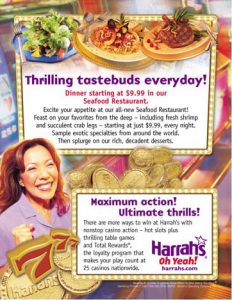 This process is the same one we used when Harrah’s (now known as Caesars Entertainment) became the first casino company to truly focus on branding as the company looked to find a unifying theme. In 2000, Harrah’s had an overall image campaign along with five regional “mini-campaigns” in addition to countless local themes. There was no clear message, and the leadership looked to discover it. They knew the notion of a brand could give them a leadership position in what was becoming a crowded market. Through months of research, we heard customers talk about all the things they liked and felt about their visits to Harrah’s.
This process is the same one we used when Harrah’s (now known as Caesars Entertainment) became the first casino company to truly focus on branding as the company looked to find a unifying theme. In 2000, Harrah’s had an overall image campaign along with five regional “mini-campaigns” in addition to countless local themes. There was no clear message, and the leadership looked to discover it. They knew the notion of a brand could give them a leadership position in what was becoming a crowded market. Through months of research, we heard customers talk about all the things they liked and felt about their visits to Harrah’s.
We discovered our ownable attributes (such as Total Rewards and first-to-market slot games).
Then we looked at what those attributes meant to customers (or the functional benefits of those attributes).
Then we asked ourselves and them, why they cared about those benefits to discover the emotional benefits.
On the last rung of our ladder, we discovered the core of the emotional connection to Harrah’s.
A Unique Luxury
We used this same approach when we were tasked with developing the brand marketing plan for another casino, Wynn Las Vegas. We knew we were special, but we had to uncover what made us unique in the mind of the target customer. Additionally, the company’s visionary leader insisted we not rely on attributes. To his credit, he felt that companies that did not understand what made them special often spoke only in terms of characteristics – what he called the “developer speak” of 800 thread count sheets and room square footage.
We worked our way up the ladder from the attributes that we could solely own in a highly competitive market, moved up to the functional benefits of those attributes, up to emotional, and ultimately to the core benefit only we could provide.
This process gave us the guidance that drove our decisions in advertising, in selecting the appropriate publicity opportunities, and the selection of media channels. More importantly, it guided the language we used in our marketing communications.
Using Your Ladder for Creative
My experience has shown that some (not all) marketers can easily fall into a rabbit hole of creative changes. I have found that the reason typically falls into two categories. One reason is considering the creative before the business goals. I’ve worked with some great designers, and 9.9 times out of 10, they will give me great creative when the business goals have been the focus of the request. When we get ads that don’t seem to resonate, it’s often a good exercise to understand if we have provided the designer with creative direction – such as colors and images – that we like.
The other reason we may not get great creative is that once again, we’re focusing on graphics rather than what the customer needs for a message to resonate with them. But, a brand ladder can help!
Now that you’ve identified your attributes/features and reached your emotional benefits, you can use your ladder to guide the creation of your advertising and to provide insights to your agency partners. There is a hierarchy of customer motivations when they decide to research or purchase from you. Understanding the motivations can aid you in creating ads that resonate. Features and tangible benefits can be your sources of copy and messages, while the emotional benefits can guide you in selecting imagery that will evoke those benefits. Just keep in mind that attributes can be copied and cause switching. It’s the emotion that can drive loyalty. Had Bounce stayed on the wrinkle-free rung, they would’ve certainly lost market share to the copycats that subsequently entered the market. The same is true for the two casino examples cited above. Had we relied on a selection of slot machines or high-thread-count sheets, competitors could have easily copied (perhaps even out-perform) our brand.
Keep Climbing
The thing about a ladder is that it is meant to help you go higher. Don’t be satisfied with a lower rung when understanding your brand. When we open a new hotel or introduce a new slot machine, we tend to fall in love with our products and focus on attributes, but soon, the competitor down the road has the same thing. Laddering forces us to stop talking to ourselves and start listening to the customer – something we can all stand to do more. Many marketers represent their brand to the customer; great marketers represent the customer to the brand.
No Time Like the Present
We are living in a unique moment in time. Some of us are sidelined, furloughed, or laid off. It took me a minute, but as a business owner and marketer, I’ve decided now is the best time to uncover our brand ladder. Agencies can often be thought of as the same. My past life as a client has shown me differently, and now is the time I show our difference.
How about you? How are you different than your competitor? What is the “thing” that makes your customer choose you over and over again?
A shortened version of this previously appeared in other publications.

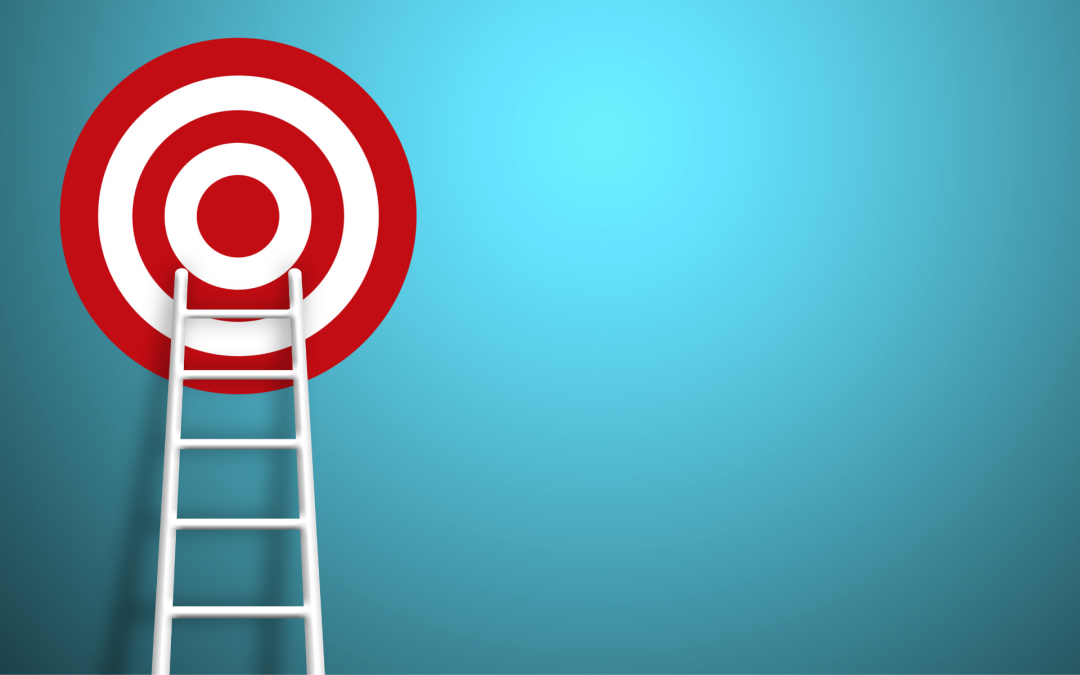
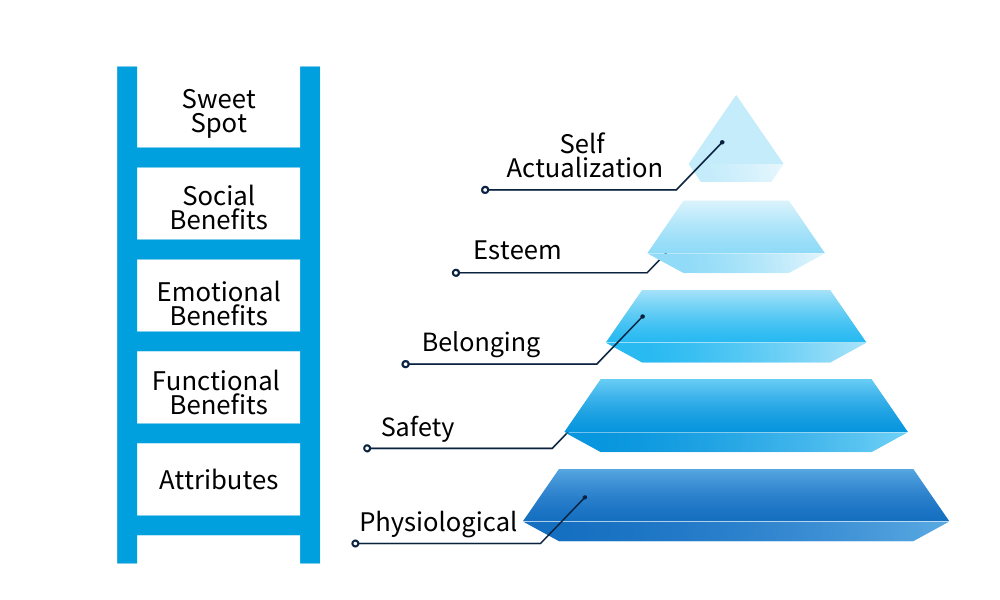
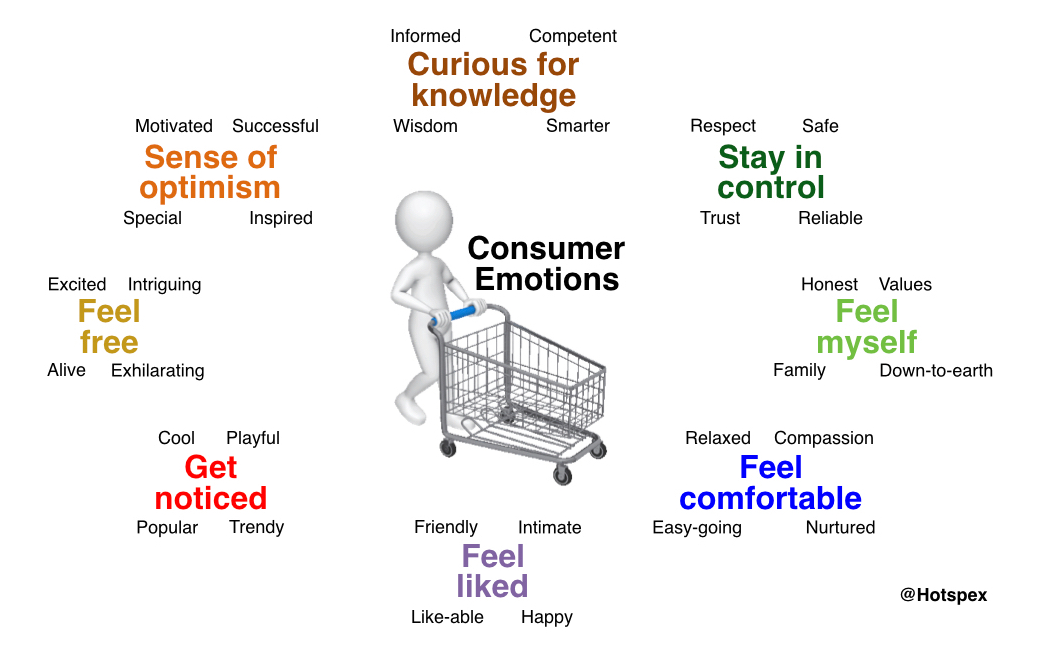
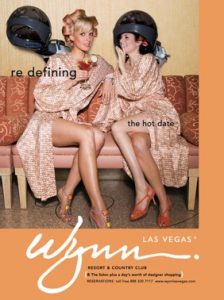
Recent Comments